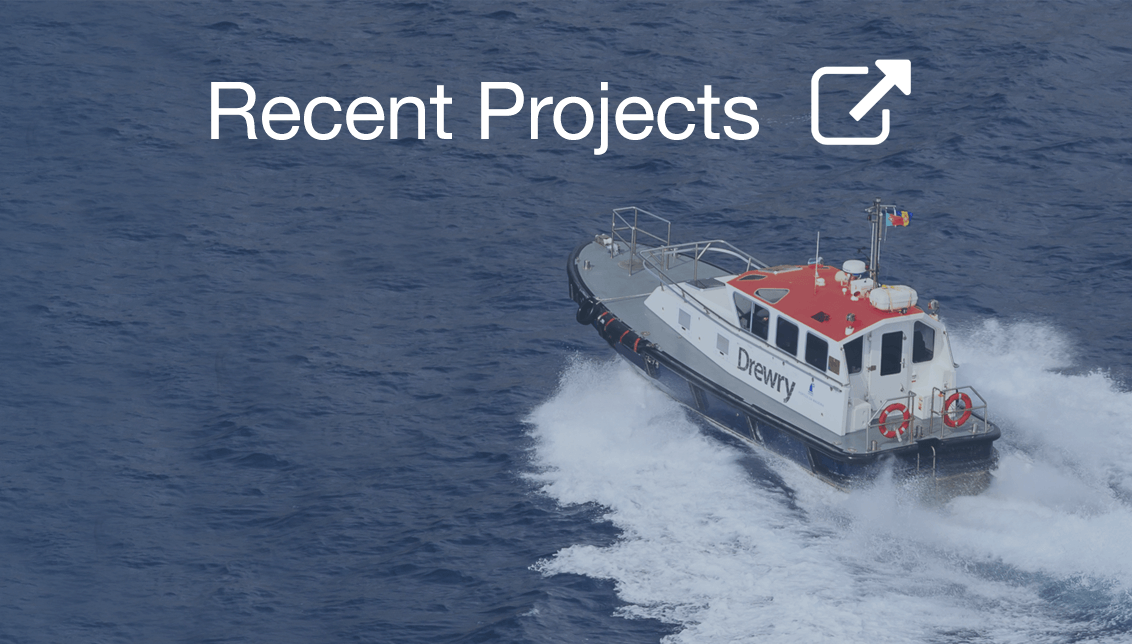Browse Products by Sector
Container ShippingContainer Equipment Assets
Ports and Terminals
Dry Bulk Shipping
Tanker Shipping
Gas Shipping
Specialised Shipping
Multimodal Transport
Logistics Management
Ship Operations and Management
Other popular areas
Browse subscriptions by Sector
Container ShippingPorts and Terminals
Dry Bulk Shipping
LPG Shipping
LNG Shipping
Crude Tanker Shipping
Product Tanker Shipping
Financial Advisory
Valuations
Drewry Financial Research Services Ltd is authorised by the UK Financial Conduct Authority (FCA).
Air freight rates will not normalise despite recent retreat
After the huge rise in airfreight rates triggered by COVID-19 and the associated collapse of airline capacity, air freight rates are starting to retreat. Drewry does not expect a normalisation of air freight rates in the coming months.
The sudden collapse of airline capacity triggered by the COVID-19 crisis and the resulting move by airlines to cancel fixed-rate agreements and replace them by short-validity rate agreements have re-shaped the air cargo sector.
One of the results of this has been the surge in air cargo freight rates. But just how high did rates go?
According to the Drewry East-West Airfreight Price Index, a weighted average of international freight rates on 28 major lanes compiled for shippers and forwarders since 2012, air cargo rates on East-West lanes reached a 5-year high of more than $6 per kg in May 2020, some 150% higher than a year earlier. Since May, the Drewry East-West Airfreight Price Index has remained above $5/kg and has declined a bit. These levels are still about 75% higher than the 5-year average, showing that things are far from normalised (see Figure below).
Drewry East-West Air Freight Index ($/kg) vs load factors

Note: The Drewry East-West Air Freight Index is a weighted average of airfreight buy rate benchmarks (for standard deferred airport-to-airport airfreight services) on 28 major East-West routes from Frankfurt (FRA), Chicago (ORD), Hong Kong (HKG), London (LHR), Los Angeles (LAX), New York (JFK), Shanghai (PVG) and Singapore (SIN).
Source: Drewry Sea & Air Shipper Insight
In July, prices out of Asia took a tumble. Rates from Hong Kong to major US gateways fell around 30% from June, while rates from Shanghai to Los Angeles and New York sank 6% and 12% respectively. Rates from Hong Kong to Frankfurt and London and from Shanghai to Amsterdam and Frankfurt saw double-digit declines, as did prices from Hong Kong and Shanghai to Sao Paulo. US airfreight pricing sank overall, due to drops in the transpacific market in both directions, although the transatlantic trade fared better.
Traffic continued to recover in June and July, fuelled by the restart of economic activity and easing of lockdown measures in several key economies. Nevertheless, pricing continued its retreat from the peak levels in April and early May, as demand for PPE declined and shippers diverted cargo to less expensive modes of transport.
Statistics from the International Air Transport Association (IATA) for June show a modest rise in traffic, with the global cargo ton-kilometre (CTK) tally ending up 17.6% lower than a year earlier, up from a 20.1% decline recorded in May. Likewise, international CTKs were down 19.9% year on year, an improvement over the 21.4% shortfall in May.
Predictably the recovery in traffic and more pronounced shortage in lift resulted in elevated load factors across all regions, with the global tally rising 11.5% in June. IATA noted that air transport lost market share in world trade to ocean and rail transport, a pattern that was partly masked earlier by the rush to move PPE and medical shipments.
According to IATA, this shift is a typical pattern in downturns, which should reverse itself as global demand recovers and airfreight is needed to rapidly refill inventories.
The retreat of airfreight prices and the strengthening of demand for ocean transport is reflected in the Drewry East-West Airfreight Price Multiplier Index, which shows airfreight at a value of 26.9 for June, down from 29.1 in May. It dropped further in July to a reading of 20.4, as ocean rates strengthened.
The recent rise in the COVID-19 infection rate in the US hit consumer confidence in July, according to the Conference Board, reinforcing predictions that the recovery from the pandemic will likely be a long road back. The National Retail Federation expects the most modest peak season since 2016, with relatively strong traffic in August and September followed by a decline in volumes.
Airline load factors remain very high. Drewry does not see a return to normal, historical air freight rates. In the context of hesitant belly capacity growth, we foresee continuing elevated rates in the coming months and product launches like PS4 could even produce spikes.
As well our Sea & Air Shipping Insight we provide customised research and advisory services addressing specific client needs in this dynamic market sector. For further information our full range of logistics management and ocean freight procurement services, email supplychains@drewry.co.uk.
Related Content
Key Contacts
Container Industry Statistics
World Container Index
East-West composite ($/40ft)Bunker Prices
Rotterdam ($/tonne)Global Port Throughput
Jan 2019 = 100
Idle Capacity
('000 teu)© Copyright 2024 | Drewry Shipping Consultants Limited. All Rights Reserved. Website Terms of Use | Privacy Policy



